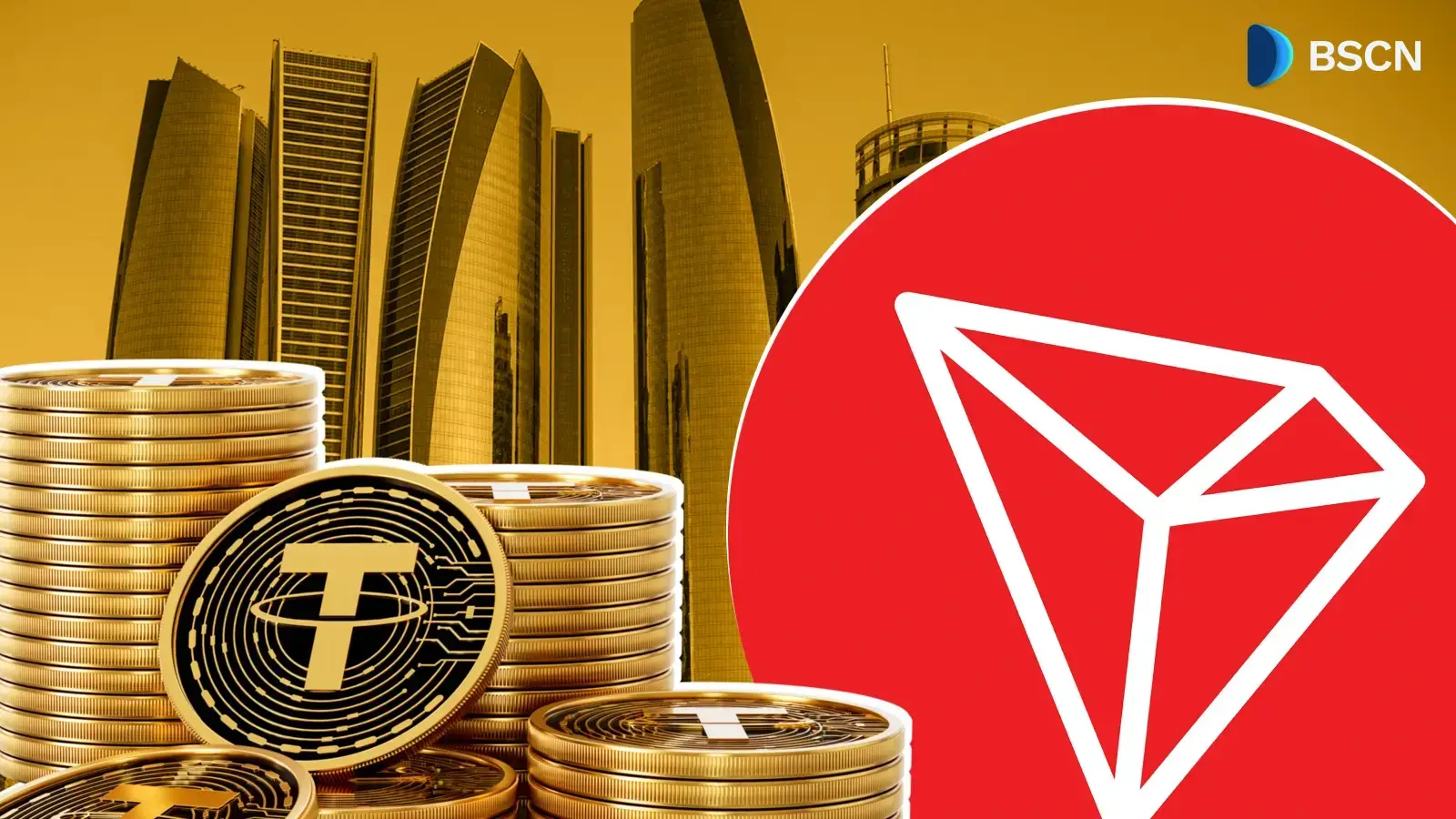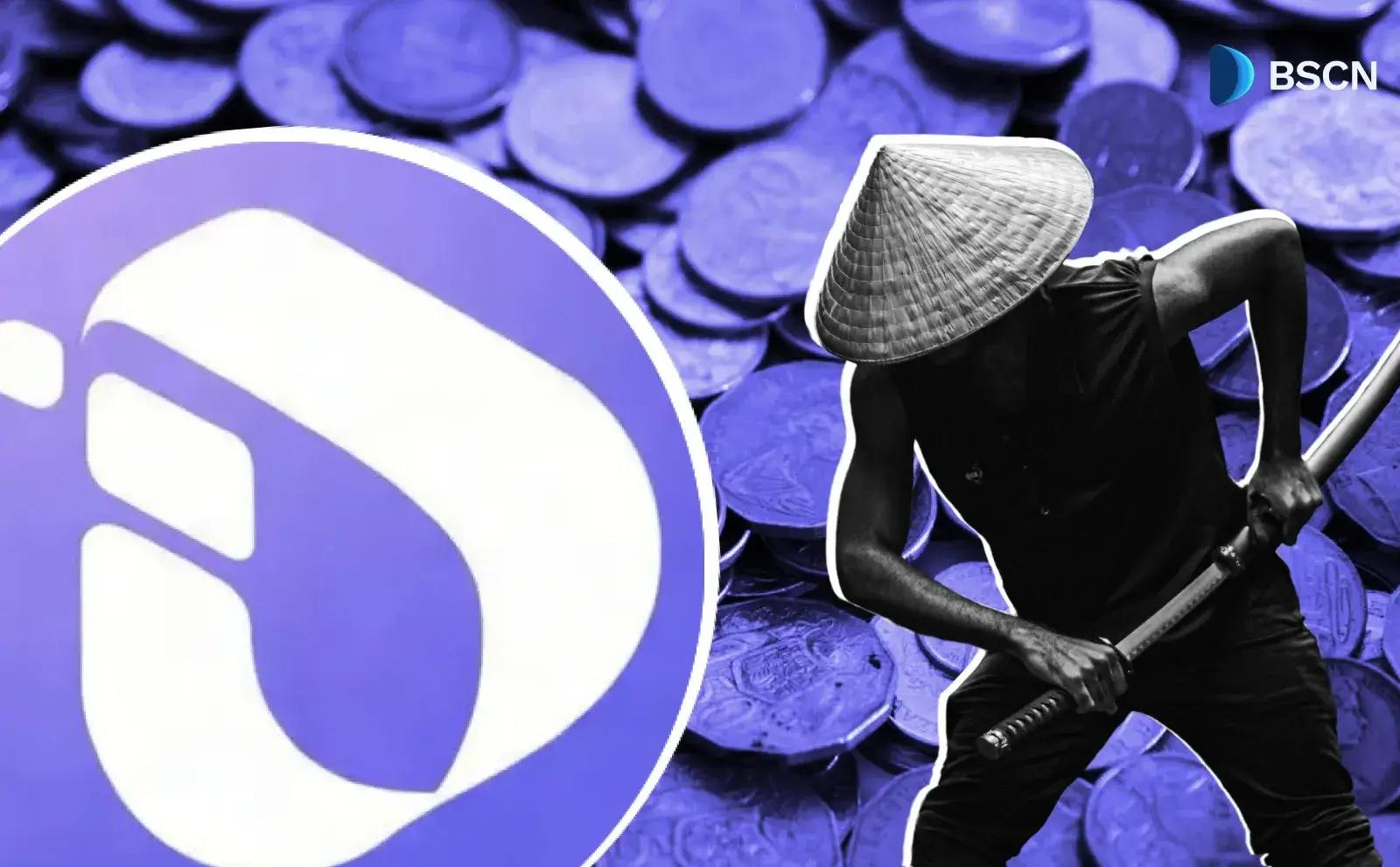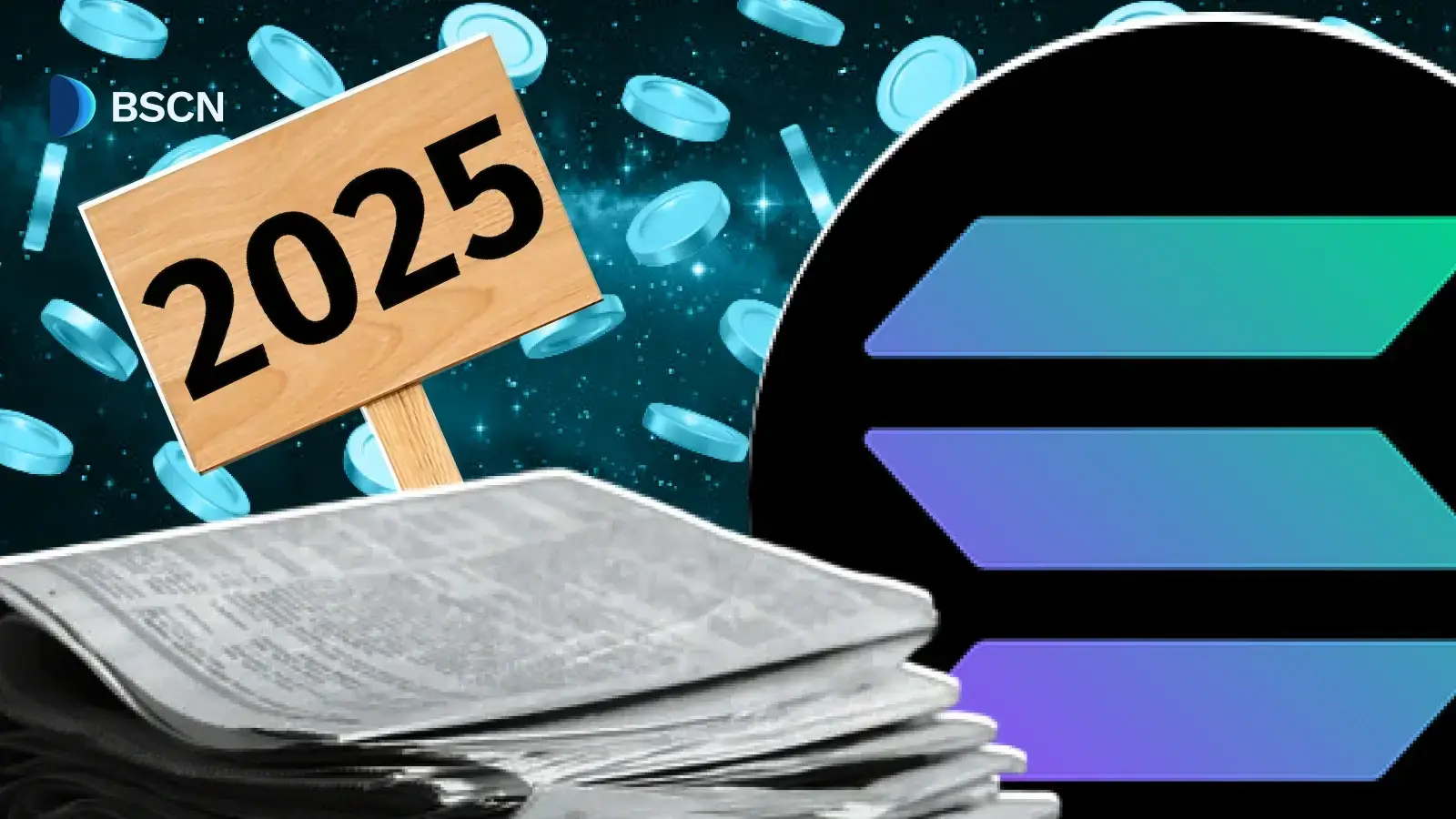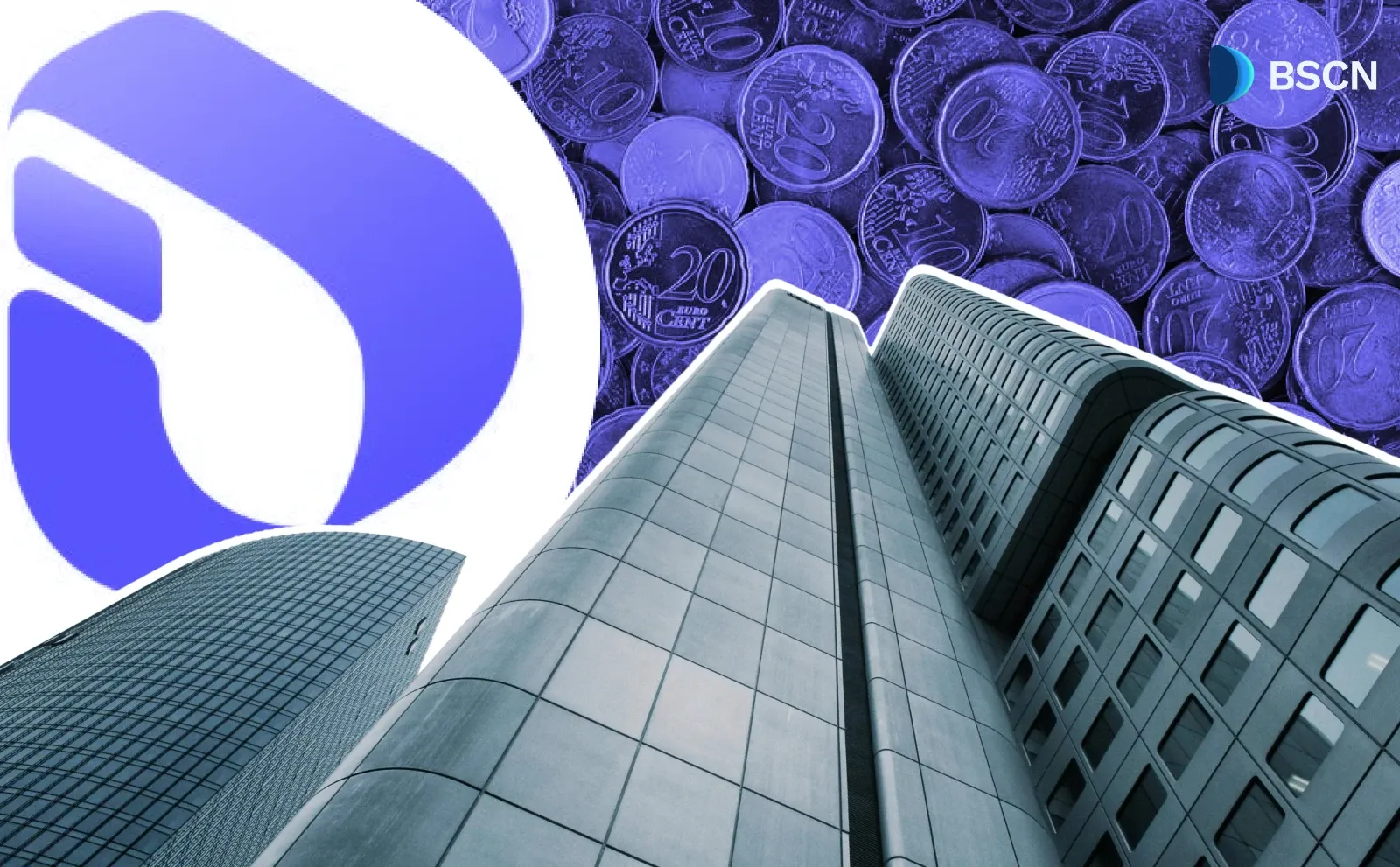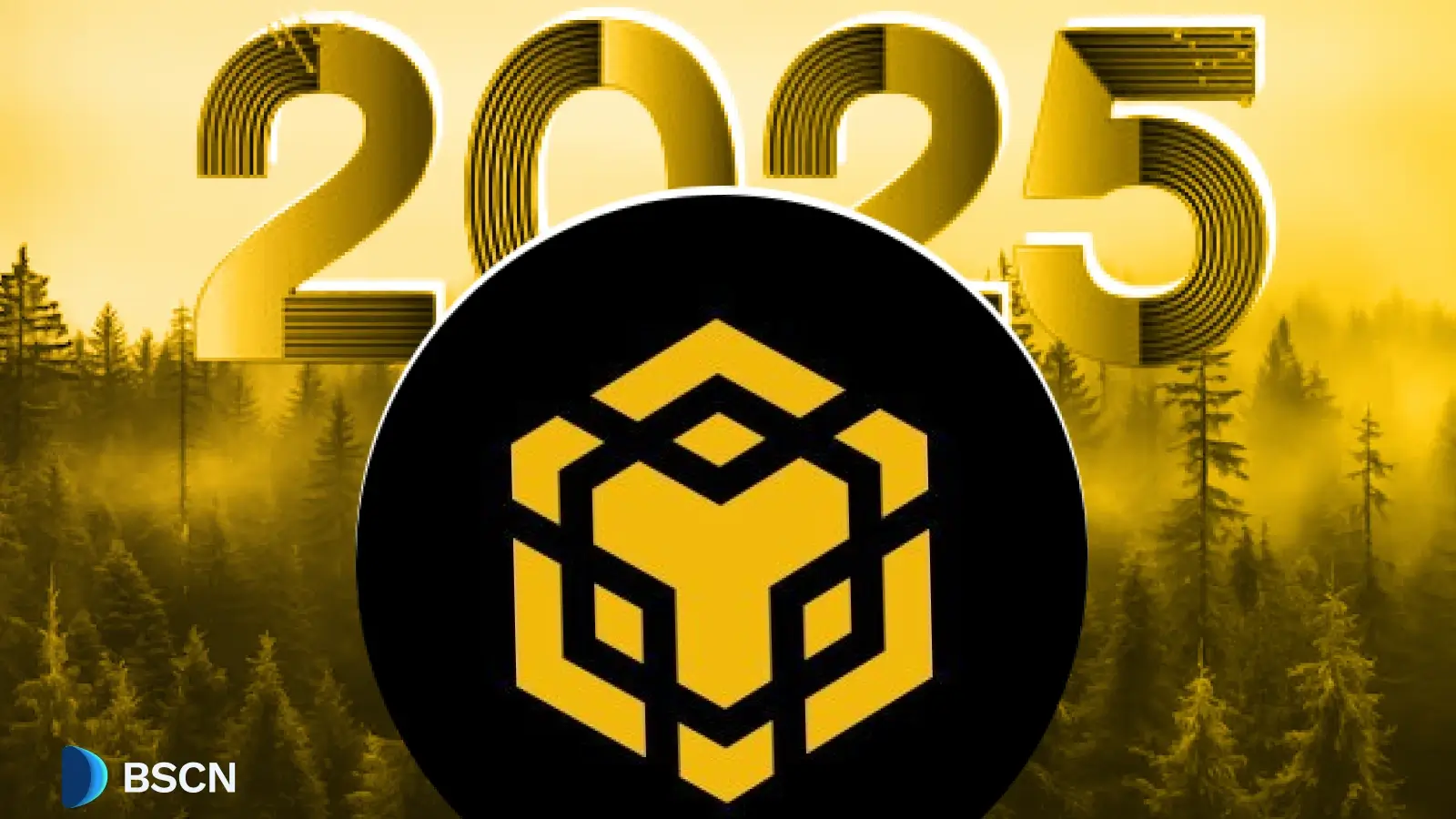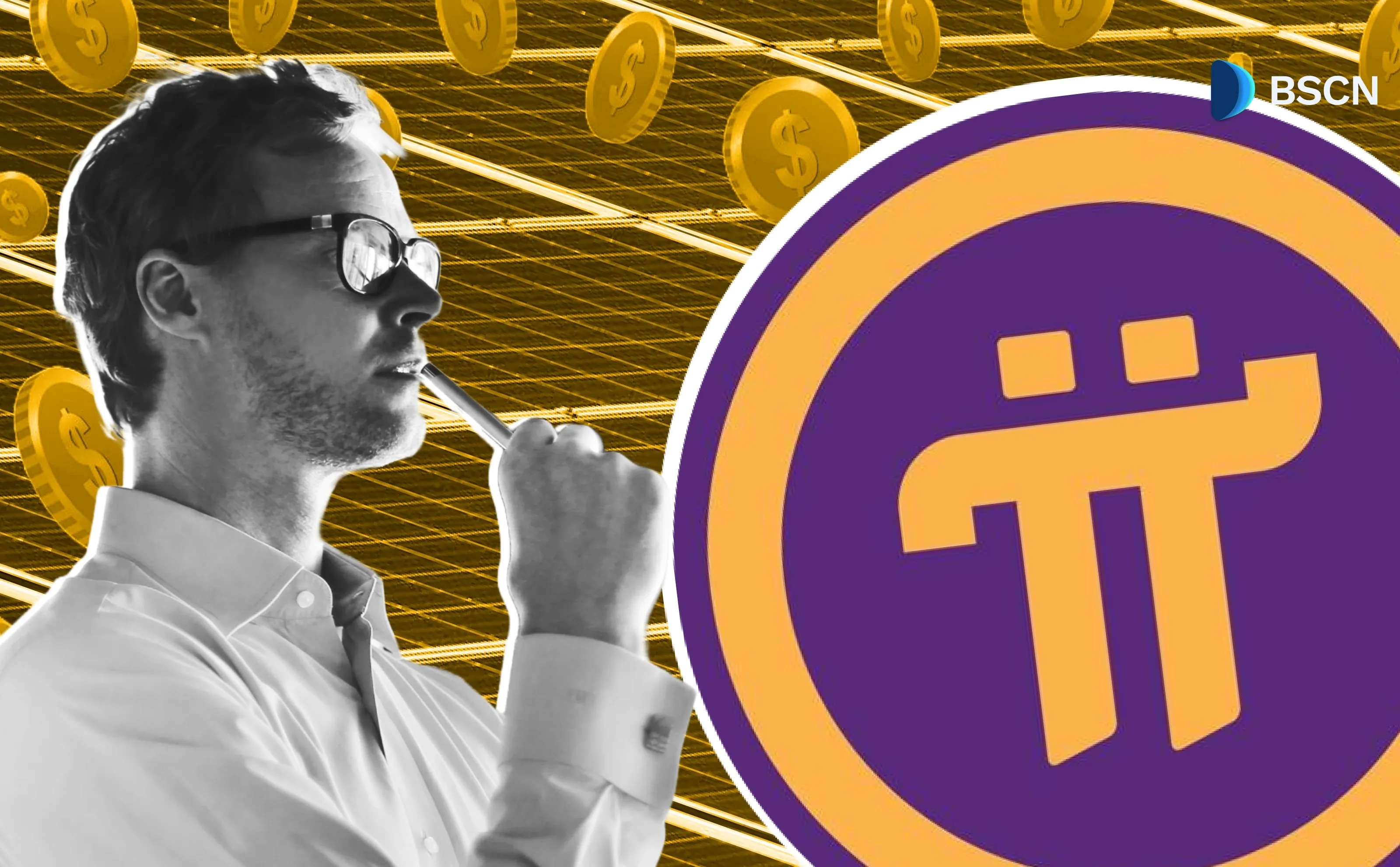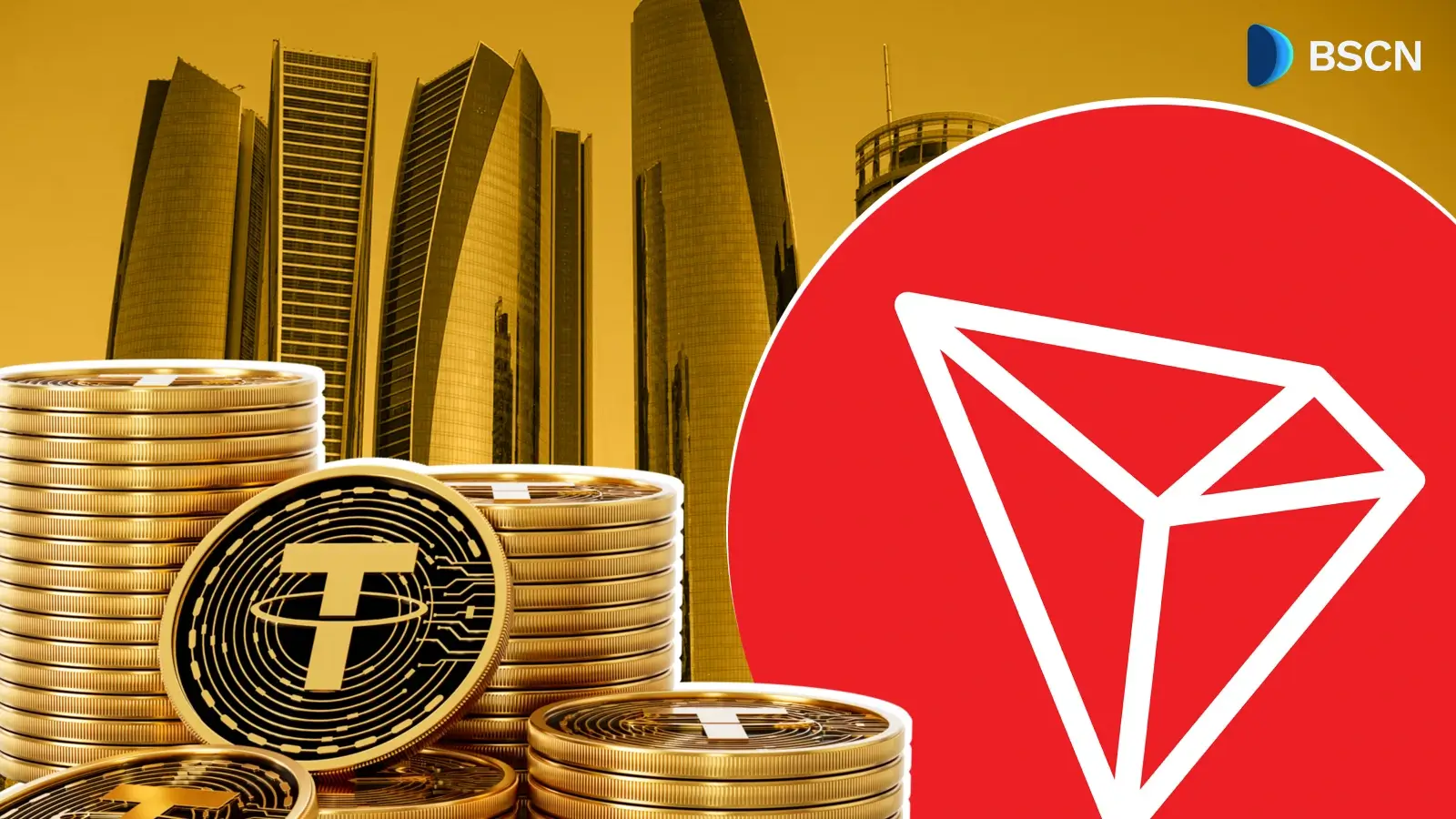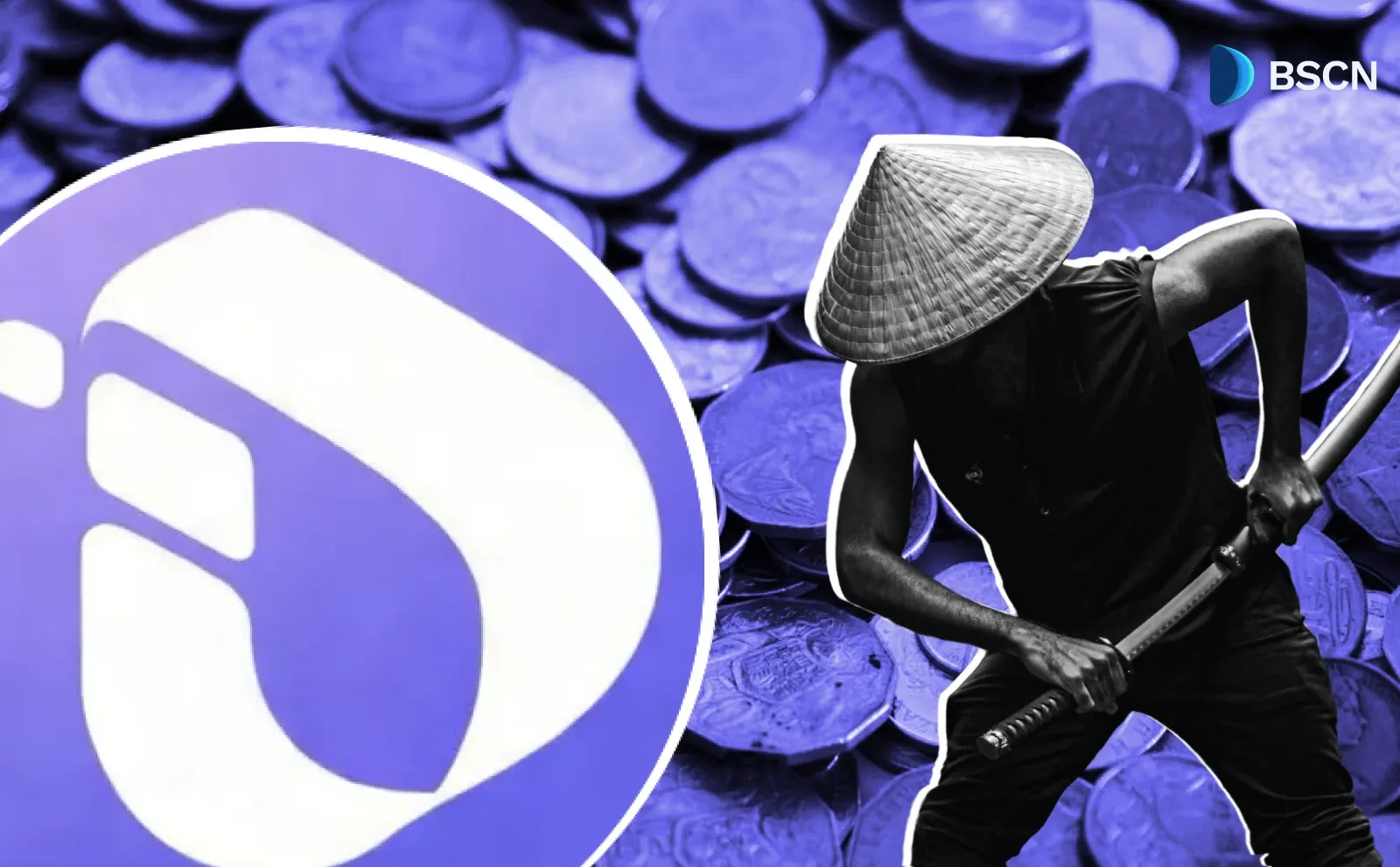News
(Advertisement)
Solana Could Become Faster Under New Jump Crypto Proposal
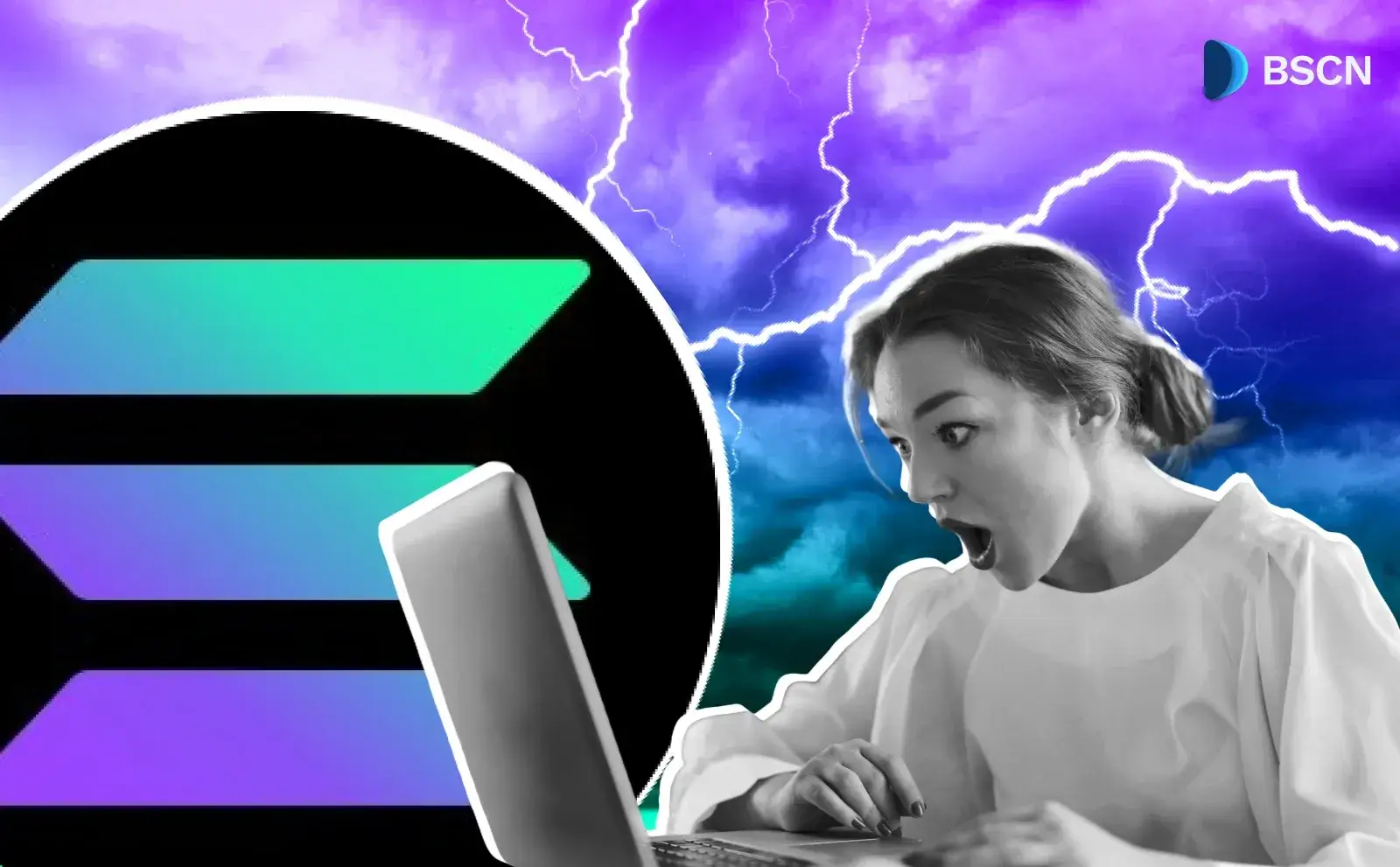
Jump Crypto proposes removing Solana’s 60M compute unit block limit to boost throughput, creating hardware-driven scaling for validators.
Soumen Datta
September 29, 2025
(Advertisement)
Table of Contents
Jump Crypto, the Web3 infrastructure company behind Solana’s high-performance validator client Firedancer, has proposed removing Solana’s fixed compute block limit.
1/ SIMD-0370, by Jump’s Firedancer team, proposes removing Solana’s fixed compute unit block limit after Alpenglow. This would eliminate static caps on block limits and have validators skip blocks they can’t process in time. Here’s what changes 🧵 pic.twitter.com/xge1IViKnH
— Anza (@anza_xyz) September 27, 2025
The change aims to increase throughput, particularly following Solana’s upcoming Alpenglow upgrade. Under the proposal, blocks would no longer have a 60 million compute unit (CU) ceiling, allowing validator hardware to dynamically determine block size.
SIMD-0370 Proposal Explained
The proposal, labeled SIMD-0370, would eliminate Solana’s per-block CU limit. Previously, blocks were capped at 60 million CUs. A competing suggestion earlier this year proposed raising the limit to 100 million CUs, but Firedancer’s plan goes further by removing the limit entirely.
How Dynamic Block Sizing Works
- High-performance validators can process larger blocks.
- Validators with weaker hardware automatically skip oversized blocks using the skip-vote mechanism in Alpenglow.
- Blocks scale based on a validator’s transaction-handling capacity.
This approach is intended to create a feedback loop where well-equipped validators earn higher transaction fees. Other validators are incentivized to upgrade hardware to stay competitive, gradually increasing the network’s average block capacity.
Incentives and Network Effects
The proposal leverages market-driven incentives. Validators capable of processing larger blocks would earn more fees, motivating competitors to upgrade infrastructure. The system creates a competitive feedback loop: as more validators improve hardware, overall network capacity grows, allowing blocks to safely expand without exceeding processing limits.
Firedancer describes this as a flywheel effect. Superior validator clients capture larger market shares, encouraging others to adopt performance upgrades more quickly than a manual increase in block limits would allow. This approach contrasts with Ethereum’s fee auction model and Bitcoin’s fixed block sizes by linking network capacity directly to hardware capability.
Technical Considerations
While the idea is straightforward, it introduces technical challenges:
- Centralization Risks: Validators with advanced hardware could dominate block production, excluding smaller operators.
- Network Stability: Large blocks could stress nodes if not carefully coordinated.
- Future Compatibility: Multiple concurrent proposer designs may require execution limits to maintain synchronous performance.
- Validator Synchronization: Rapidly increasing block complexity could affect snapshot syncing for new validators.
Developers argue these issues are manageable. Replay performance generally exceeds block production speed, providing some buffer. Additionally, timeout mechanisms and skip-vote strategies help prevent excessive block sizes.
Alpenglow Upgrade Context
The proposal is closely tied to Solana’s Alpenglow upgrade, which has received near-unanimous governance approval. Alpenglow reduces block finality from 12.8 seconds to 150 milliseconds and introduces improvements to network resilience and validator coordination. Skip-vote functionality ensures validators with insufficient hardware can abstain from oversized blocks without affecting consensus.
Alpenglow is considered the largest core protocol upgrade in Solana’s history. By combining faster finality with scalable block processing, the network can handle higher transaction volumes while maintaining low fees and high performance.
Hardware Arms Race
One of the core goals of the proposal is to drive a competitive hardware “arms race” among validators:
- Validators upgrade infrastructure to handle larger blocks and earn higher fees.
- Less capable validators must either upgrade or accept reduced participation.
- Continuous improvements create a cycle of increasing block capacity.
This dynamic mirrors market-driven scaling, contrasting with Ethereum’s fee auction model and Bitcoin’s fixed block sizes.
Potential Impact on Tokenomics
While the primary effect is technical, the change may indirectly influence Solana’s tokenomics:
- Higher transaction throughput could increase overall network activity.
- Validators earning higher fees may lead to increased staking incentives.
- Institutional interest may rise as network reliability and performance improve, particularly with pending Solana ETF approvals.
Recent developments in Solana ETFs, including the REX-Osprey Solana Staking ETF with $33 million in trading volume and $12 million first-day inflows, indicate growing institutional participation.
Historical Context and Precedents
Solana has frequently faced network congestion during periods of high activity, prompting multiple protocol upgrades. The removal of the fixed block limit represents a shift from manually set limits to market-driven capacity scaling.
Key points:
- Previous block limit: 60 million compute units.
- Earlier proposal: increase to 100 million compute units.
- Current proposal: no fixed limit; dynamic scaling based on validator hardware.
This change brings Solana more closely with performance-oriented scaling seen in high-frequency trading and other low-latency networks.
Conclusion
Jump Crypto’s SIMD-0370 proposal seeks to remove Solana’s fixed compute block limit, enabling dynamic block scaling tied to validator hardware capacity. The system incentivizes upgrades, promotes higher transaction throughput, and leverages the skip-vote mechanism for network stability.
Alpenglow provides the technical infrastructure to support this approach, including faster finality and robust validator coordination. While centralization risks and hardware disparities remain concerns, the proposal emphasizes structured growth in block capacity and validator performance across the network.
Resources:
The proposal labeled SIMD-0370: https://github.com/solana-foundation/solana-improvement-documents/pull/370/files
SIMD-0326: Proposal for the New Alpenglow Consensus Protocol: https://forum.solana.com/t/simd-0326-proposal-for-the-new-alpenglow-consensus-protocol/4236/1
Solana news: https://solana.com/news
Read Next...
Frequently Asked Questions
What is Solana’s current block compute limit?
Solana’s fixed block compute limit is currently set at 60 million compute units.
How does removing the block limit affect validators?
Validators with stronger hardware can process larger blocks and earn higher fees, while weaker validators skip oversized blocks using the skip-vote mechanism.
What is Alpenglow’s role in this proposal?
Alpenglow introduces faster block finality, skip-vote mechanisms, and network optimizations, enabling dynamic block sizing safely.
Disclaimer
Disclaimer: The views expressed in this article do not necessarily represent the views of BSCN. The information provided in this article is for educational and entertainment purposes only and should not be construed as investment advice, or advice of any kind. BSCN assumes no responsibility for any investment decisions made based on the information provided in this article. If you believe that the article should be amended, please reach out to the BSCN team by emailing [email protected].
Author
 Soumen Datta
Soumen DattaSoumen has been a crypto researcher since 2020 and holds a master’s in Physics. His writing and research has been published by publications such as CryptoSlate and DailyCoin, as well as BSCN. His areas of focus include Bitcoin, DeFi, and high-potential altcoins like Ethereum, Solana, XRP, and Chainlink. He combines analytical depth with journalistic clarity to deliver insights for both newcomers and seasoned crypto readers.
(Advertisement)
Latest News
(Advertisement)
Crypto Project & Token Reviews
Project & Token Reviews
Comprehensive reviews of crypto's most interesting projects and assets
Learn about the hottest projects & tokens

